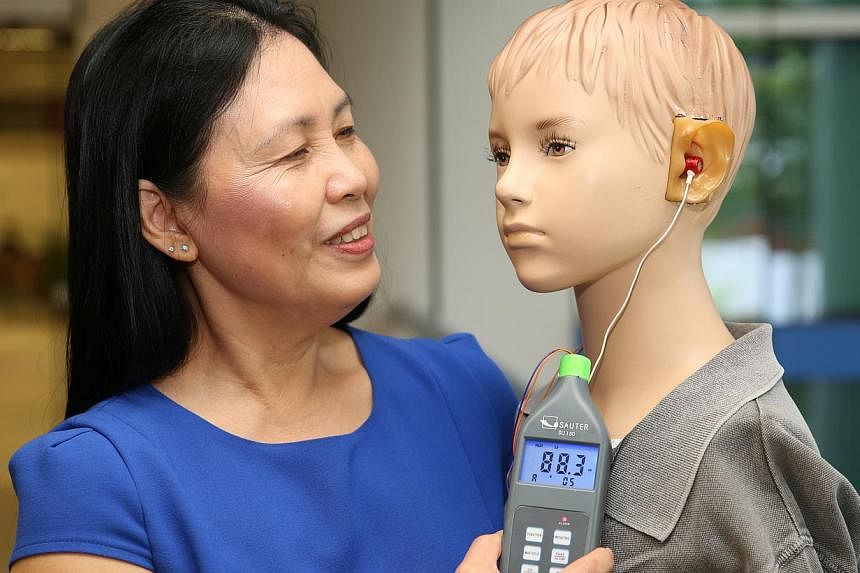SINGAPORE- Changi General Hospital (CGH) is offering a new implant to help patients with single-sided deafness.
The Bonebridge implant transmits sound through a device that picks up sound and subsequently vibrates the skull. These vibrations are picked up by the inner ear on the same side, and if this is not functioning, by the inner ear on the other side so that sound from all directions could be heard.
Compared to its predecessor, which makes use of a similar technology, the new implant does not need to be attached via a titanium screw through the skull, therefore reducing discomfort for the patient.
Single-sided deafness is hearing loss or in one ear. Patients can be born with it or acquire it through an infection, trauma or tumour. CGH has already put these implants in seven patients since 2012 with encouraging results. After subsidies, it could cost about $21,000 at CGH, the only hospital to provide subsidies for the treatment so far. The National University Hospital has also recently inserted a Bonebridge implant for one patient with advice from CGH doctors.
Doctors at CGH said that many patients chose to live with the condition even though it affects their ability to locate sound and is sometimes associated with giddiness.
"In the past, patients have been commonly told that there is no need for treatment, or that there is no treatment available," said Dr Yuen Heng Wai, Senior Consultant and Ear Nose and Throat surgeon at CGH at a press briefing on Monday.
Senior Tinnitus Counsellor Joyce Lim also cautioned youngsters against turning up their music devices. CGH says it been seeing more young people under 30 with noise-induced hearing loss. The hospital sees about two to three cases a week these days, as compared to almost none a decade ago.
"It could be due to listening to their MP3s on loud or noisy hobbies like drumming," she said. Some come for consultation when they hear a high pitched sound in their ears.
"When it is noisy, you turn up the music but how many people remember to turn it back down?", said Ms Lim.
The public is invited to test the volume of their MP3s on two dedicated mannequins which can tell them whether it is too loud. They can do so at a public forum on hearing on Sept 27 at CGH or at the hospital's ear nose and throat clinic.

